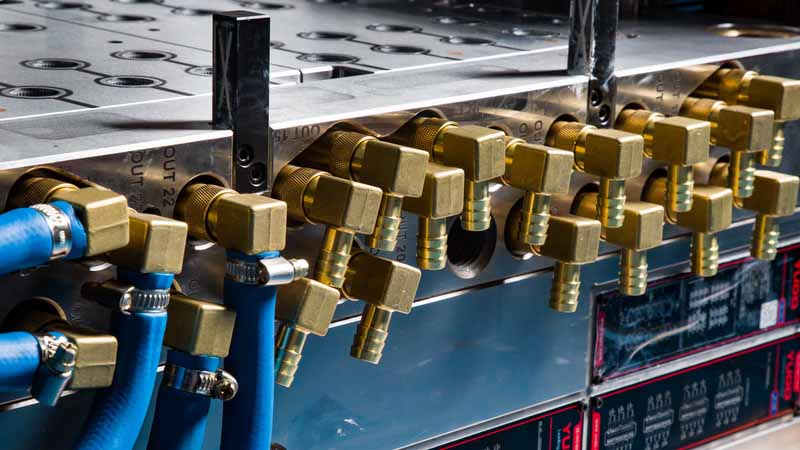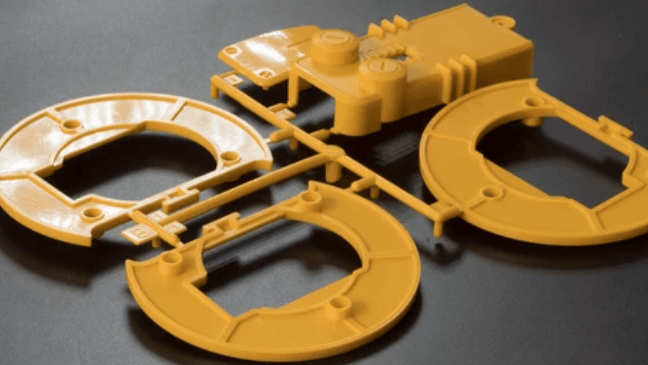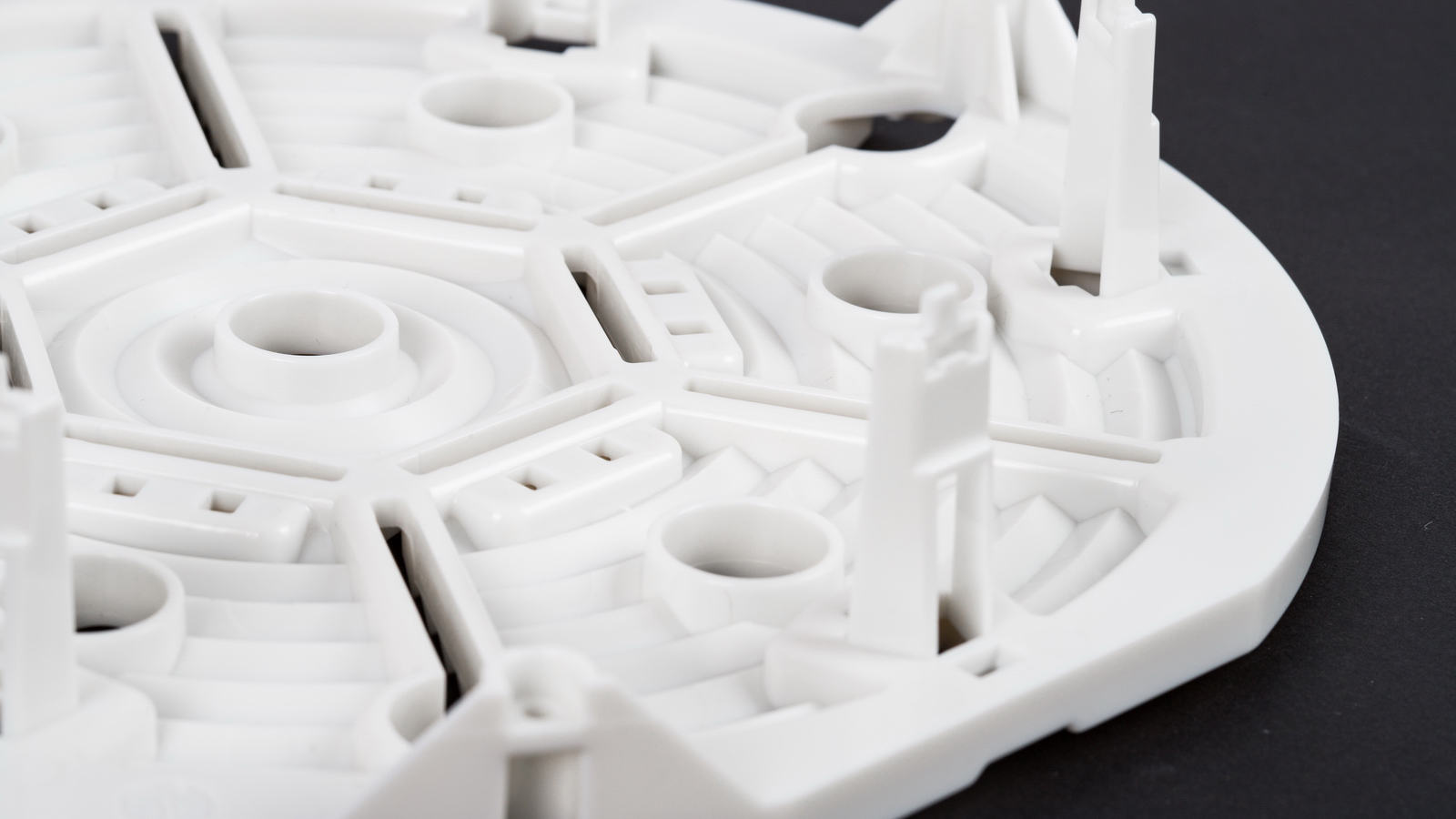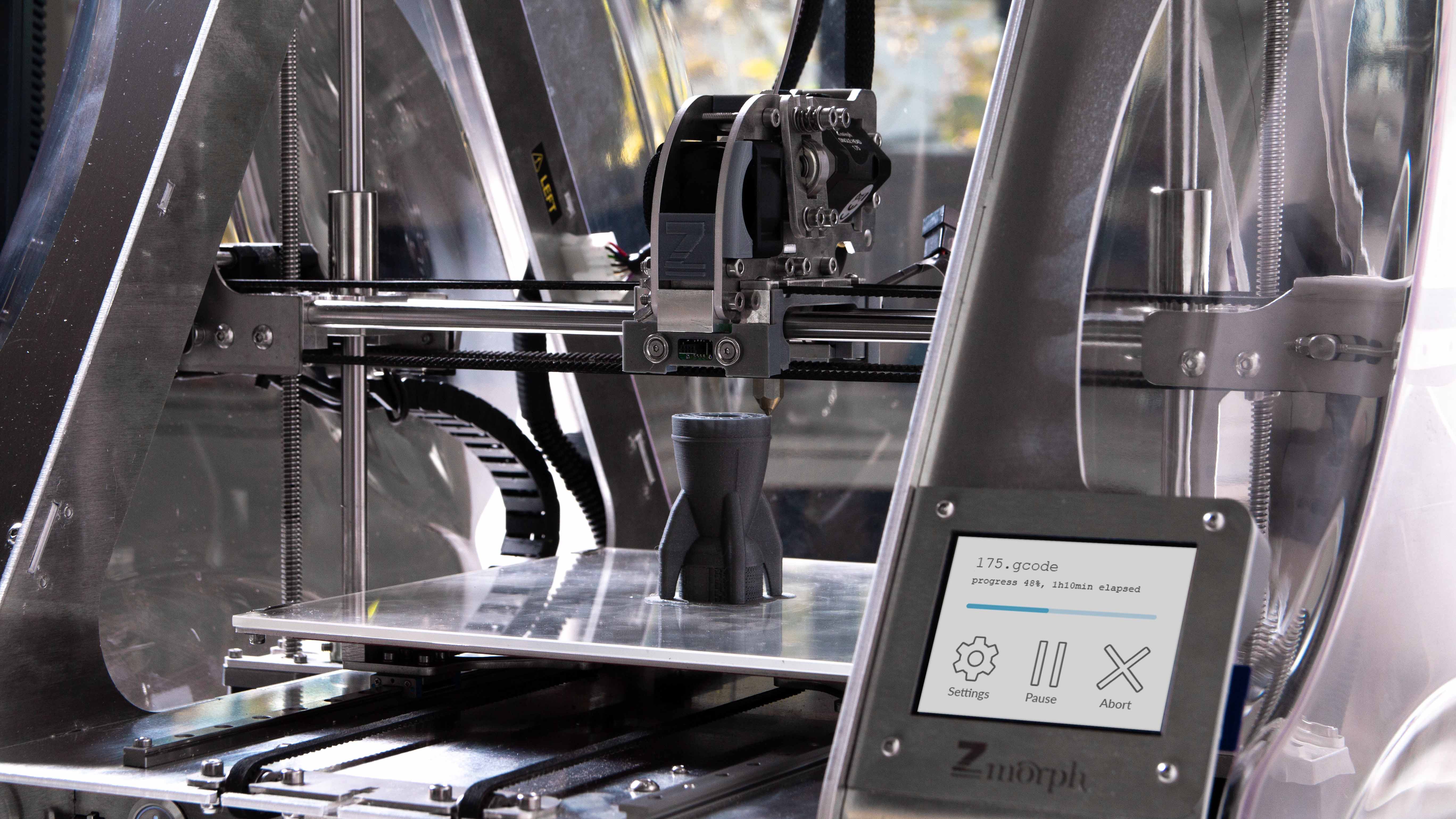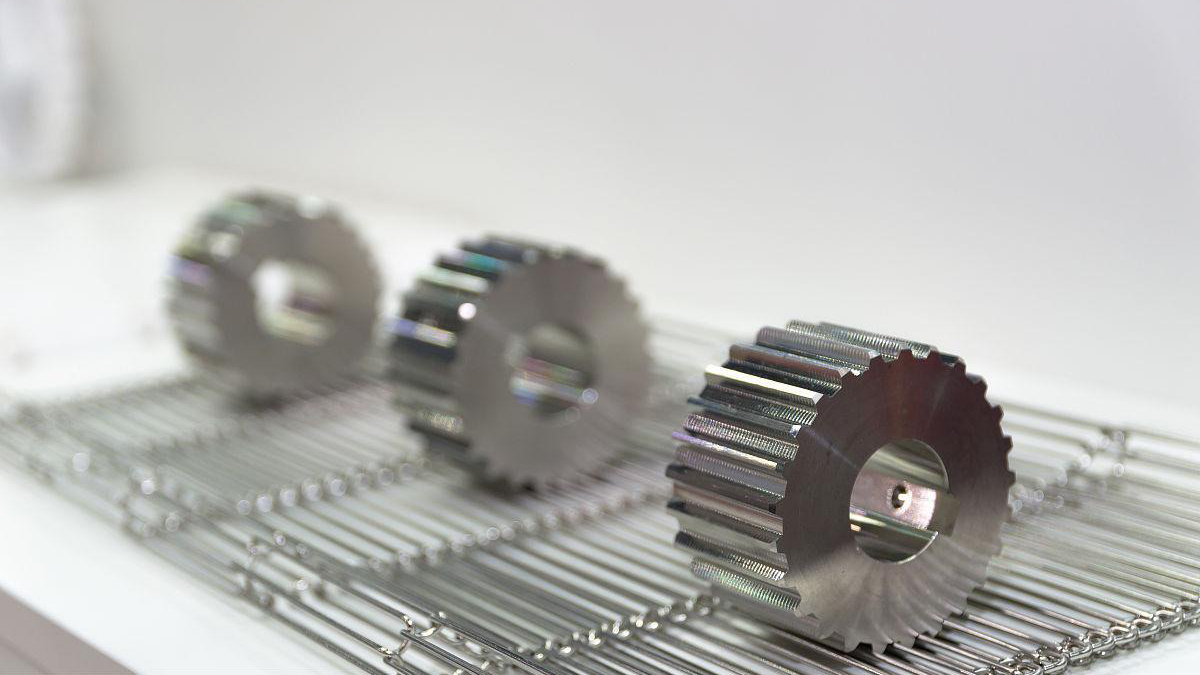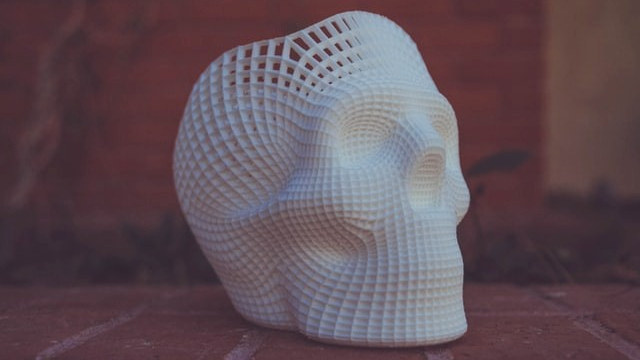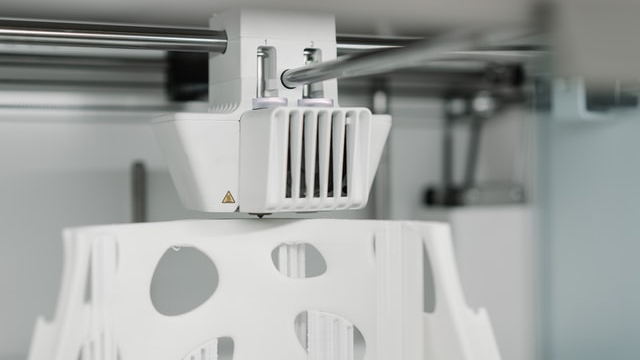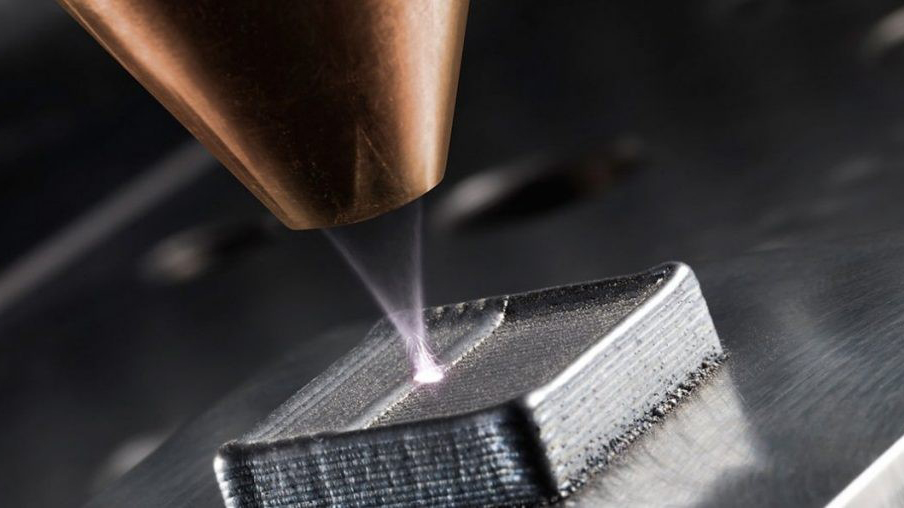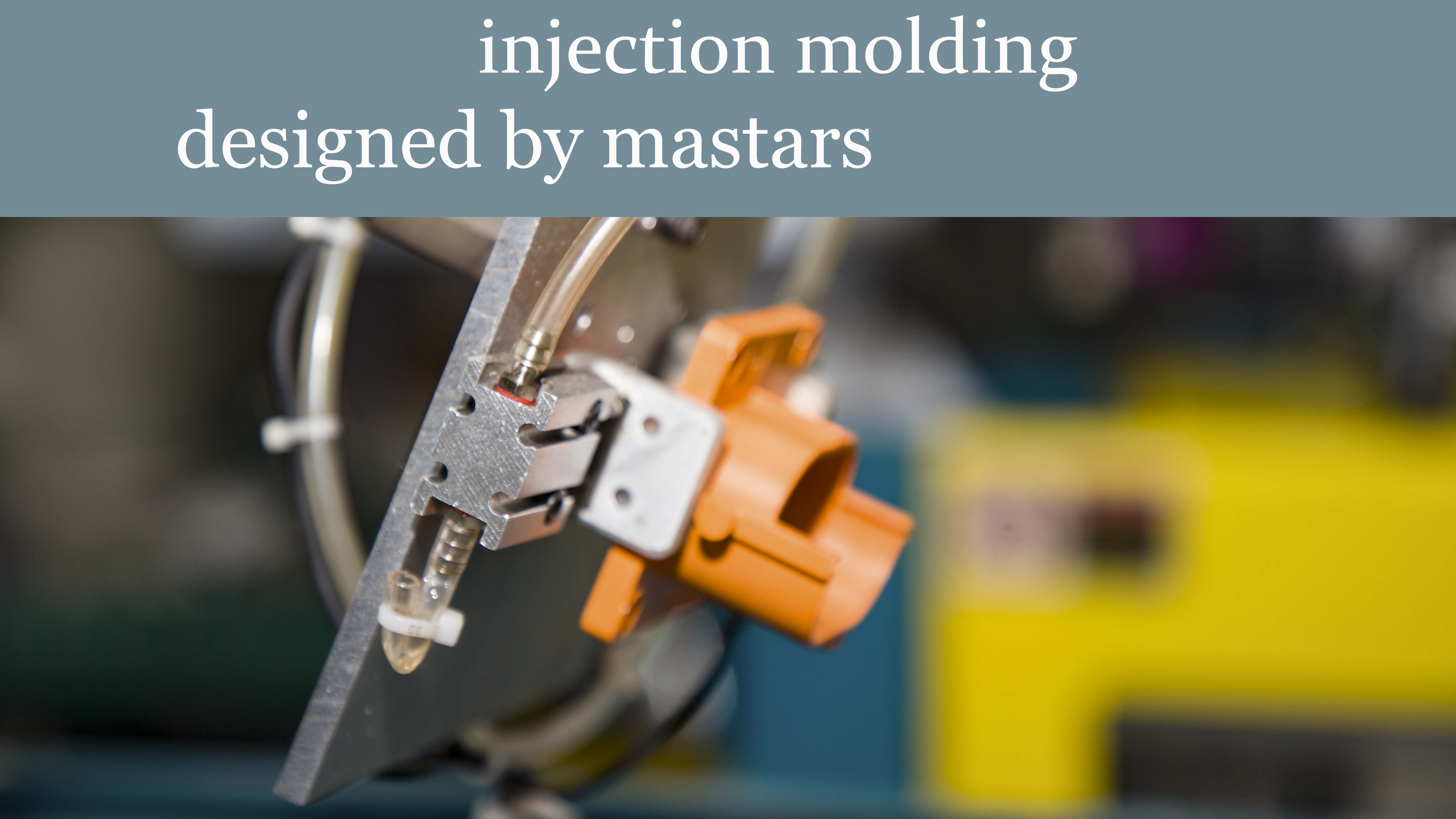Why is titanium alloy a difficult material to machine?
Mastars uses
rapid CNC machining to make prototypings and functional parts, providing customers with
rapid CNC services,
rapid prototyping services and high-precision parts production. Mastars has the world's leading CNC machine tools and leads the industry in CNC processing industry. In the process of CNC processing, we will use various metal materials. Today, let's learn about titanium alloy.
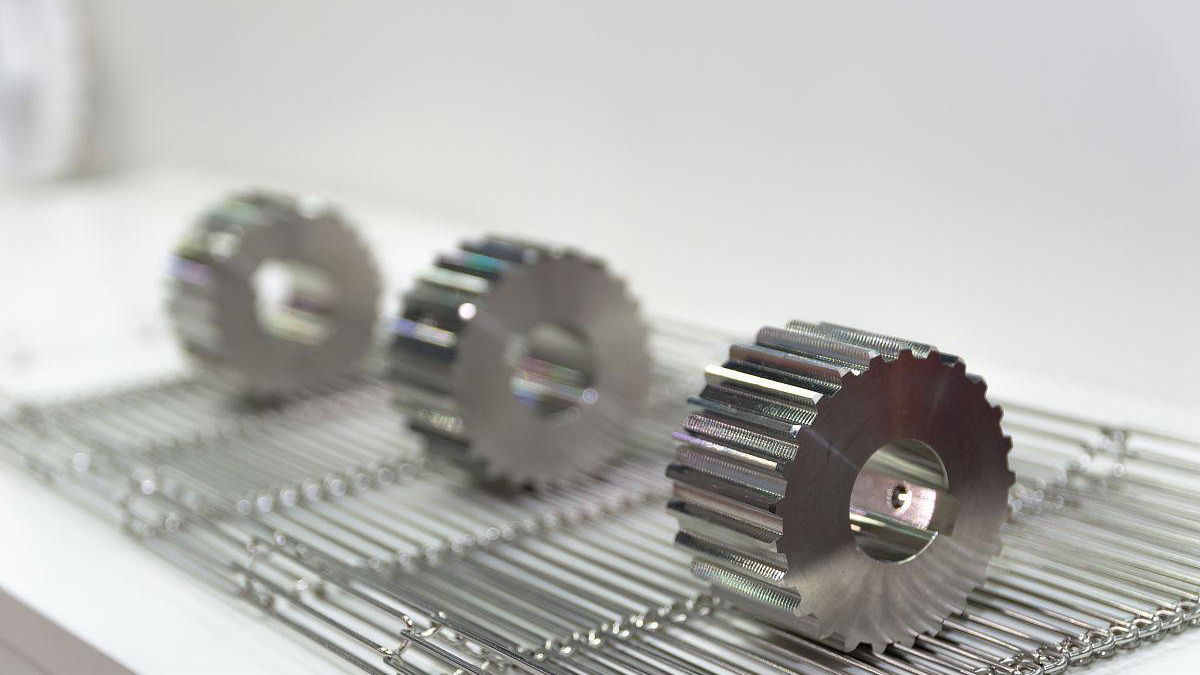
Physical phenomena of titanium processing
1. The cutting force of titanium alloy processing is only slightly higher than that of steel with the same hardness, but the physical phenomenon of titanium alloy processing is much more complex than that of steel, which makes titanium alloy processing face great difficulties.
2. The thermal conductivity of most titanium alloys is very low, only 1 / 7 of steel and 1 / 16 of aluminum. Therefore, the heat generated in the process of cutting titanium alloy will not be quickly transferred to the workpiece or taken away by chips, but will gather in the cutting area, and the generated temperature can be up to more than 1000 ℃, which will make the cutting edge of the tool wear, crack and form chip tumor rapidly. The worn cutting edge will generate more heat in the cutting area and further shorten the service life of the tool.
3. The high temperature produced in the cutting process destroys the surface integrity of titanium alloy parts at the same time, resulting in the decline of geometric accuracy and work hardening of parts.
4. The elastic deformation of titanium alloy is an important reason for vibration in the cutting process. The cutting pressure makes the "elastic" workpiece leave the tool and rebound, so that the friction between the tool and the workpiece is greater than the cutting effect. The friction process will also produce heat, which aggravates the poor thermal conductivity of titanium alloy.
5. This problem is more serious when machining thin-walled or ring-shaped parts. It is not easy to process titanium alloy thin-walled parts to the expected dimensional accuracy. As the workpiece material is pushed away by the tool, the local deformation of the thin wall has exceeded the elastic range and produced plastic deformation, and the material strength and hardness of the cutting point increase significantly. At this time, machining at the originally determined cutting speed becomes too high, which further leads to sharp tool wear.
Process tips for processing titanium alloy
On the basis of understanding the processing mechanism of titanium alloy and previous experience, the main process tips for processing titanium alloy are as follows:
1. The blade with positive angle geometry is adopted to reduce the cutting force, cutting heat and workpiece deformation.
2. Keep a constant feed to avoid hardening of the workpiece. The tool should always be in the feed state during the cutting process.
3. High pressure and large flow cutting fluid is used to ensure the thermal stability of the machining process and prevent the surface degeneration of the workpiece and tool damage caused by too high temperature.
4. Keep the blade edge sharp. Blunt tools are the cause of heat accumulation and wear, which is easy to lead to tool failure.
5. Use a large tip arc radius or chamfer to cut in and put as many blades into the cutting as possible. This can reduce the cutting force and heat at each point and prevent local damage. In the milling of titanium alloy, the cutting speed has the greatest influence on the tool life VC, and the radial cutting amount (milling depth) AE takes the second place.
6. The focus of titanium alloy processing is heat. A large amount of high-pressure cutting fluid should be sprayed on the cutting edge in time and accurately, so that the heat can be removed quickly.
Solving the problem of titanium machining from the blade
The wear of blade groove during titanium alloy processing is often caused by the hardened layer left by early processing. Because in the process of machining, the titanium molecules of the workpiece accumulate in front of the blade and are "welded" to the blade under high pressure and high temperature to form a chip tumor. When the chip deposit is peeled off from the blade, the cemented carbide coating of the blade will be taken away. Therefore, titanium alloy processing requires special blade material and geometry.
Mastars:
Mastars is an expert in CNC machining, with more than 20 years of industry experience, making rapid prototyping for major companies around the world, as well as
mass production, if you have a demand for prototyping production, please contact us immediately, you will get the best quality products, and the best service.
Mastars Industries CO., LTD
www.mastars.com
Email: marketing@mastars.com
Tel: +86 755-88210690
Mobile: +86 181 0029 4997
Add: Building 6,Blue Sky Industrial Park, Ditang Road, Shajing Town, Shenzhen City, Guangdong, China


